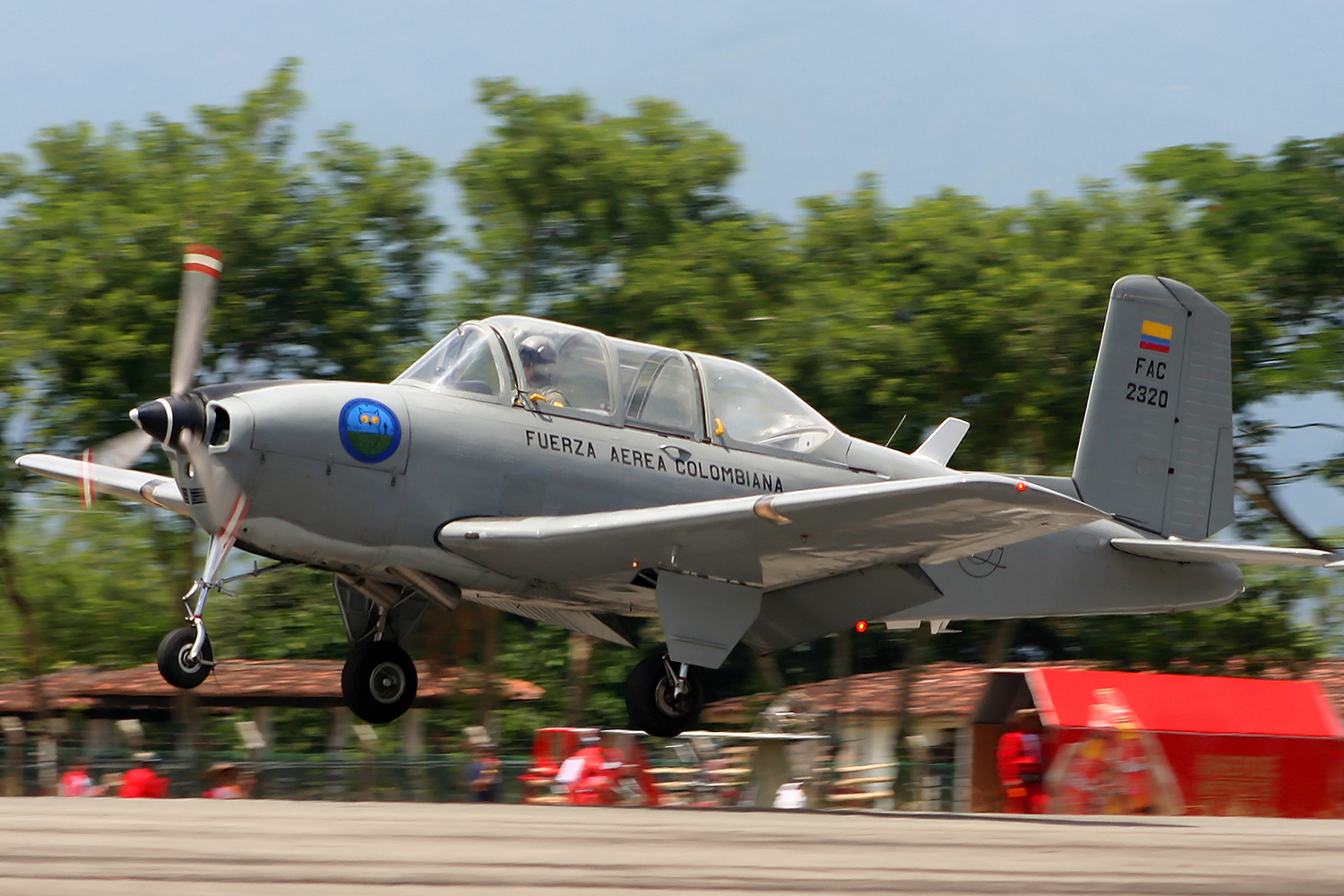Strengthening the Aeromedical Certification process of the Colombian Air Force
DOI:
https://doi.org/10.18667/cienciaypoderaereo.655Keywords:
Aeromedical certification; aeromedical decision-making; operational SafetyAbstract
The worldwide, aeromedical certification has a primary purpose: to ensure personnel capable of operating safely in the aeronautical environment. As a matter of fact, the requirements of physical and mental states may be high, depending on the environment in which operations are executed. Enforcing these requisites contributes substantially to safety, although a thorough review of the balance between the requirements and processes of aeromedical certification versus the reality and operational needs of the environment is required in order to secure this becomes an effective tool and not just a list of requirements. Some alternatives are proposed to increase the objectivity of decisions in terms of certification, taking as a starting point a stratification of the certificates depending on the aircraft being operated and the position inside the cabin, as well as the strengthening of the aeromedical decision-making process (ADM) based on the algorithm proposed by Navathe, Drane, and Preitner for the Office of Aviation Medicine of the Civil Aviation Security Authority in Canberra, Australia.
Downloads
References
Department of the Air Force. (2013). AFI 48-123 Medical Examination Standards. Department of the Air Force.
Drane, A. M., Navathe, P., & Clem, P. (2013) Aeromedical Certification of Aircrew and Controllers with Renal Calculi. Aviation Space Environment Medicine, 84(10), 1074-1081. https://doi.org/10.3357/ASEM.3604.2013
Evans, A. D. B. (2016). Aeromedical Risk a Numerical Approach, Practical Decision Making in aeromedical certification. En D. Gradwell y D. Rainford (eds.), Ernsting’s Aviation and Space Medicine (5th Ed) (pp. 373-382). crc Press.
Fuerza Aérea Colombiana. (2011). Manual fac 3-007 público de gestión en seguridad operacional fac. Fuerza Aérea Colombiana.
Fuerza Aérea Colombiana. (2016). Reglamento de aptitud psicofísica de ingreso y especial para la Fuerza Aérea Colombiana (4ta ed.). Fuerza Aérea Colombiana.
Gray, G., Bron, D., Davenport, E. D., d’Arcy, J., Guettler, N., Manen, O., Syburra, T., Rienks, R., & Nicol, E. D. (2019). Assessing aeromedical risk: a three-dimensional risk matrix approach. Heart, 105, 9-16. https://doi.org/10.1136/heartjnl-2018-313052
Ministerio de Defensa Nacional. (2000, 14 de septiembre). Decreto 1796 del 2000. Diario Oficial 44.161. http://www.secretariasenado.gov.co/senado/basedoc/decreto_1796_2000.html
Navathe, P., Drane, M., & Preitner, C. (2014). Aeromedical Decision Making: From Principles to Practice. Aviation
Space Environment Medicine, 85(5), 576-580. https://doi.org/10.3357/ASEM.3561.2014
Peterman, C. L., Rogers, P. B., Véronneau, S. J. H., & Whinnery, J. E. (2008). Development of an Aeromedical Scientific Information System for Aviation Safety. Civil Aerospace Medical Institute Federal Aviation Administration.
RAC 67. (2017). Normas para el otorgamiento del certificado médico aeronáutico. Unidad Administrativa Especial de Aeronáutica Civil.
Ricaurte, E. M., Mills, W. D., De John, C. A., Laverde-Lopez, M. C., & Porras-Sanchez, D. F. (2016). Aeromedical Hazard Comparison of faa Medically Certified Third-Class and Medically Uncertified Pilots. Aerospace Medicine Hum perform, 87(7), 618–621. https://doi.org/10.3357/AMHP.4360.2016
United States Department of Defense. (2018, 6 de mayo). dod Instruction 6130.03. Medical standards for appointment, enlistment, or Induction into the military services. United States Department of Defense.

Downloads
Published
Issue
Section
License
Assignment of Copyrights
Authors assign Ciencia y Poder Aéreo journal the exclusive rights (reproduction, distribution, public communication, and transformation) to exploit and commercialize their work, in whole or in part, in all the formats and modalities of present or future exploitation, in all languages, throughout the life of the work and throughout the world.
All contents published in Ciencia y Poder Aéreo journal are licensed under a Creative Commons Attribution 4.0 International License, whose complete information is available at http://creativecommons.org/licenses/by/4.0/
Under the terms of this license, users are free to download, print, extract, archive, distribute and publicly communicate the content of articles, provided that proper credit is granted to authors and Ciencia y Poder Aéreo, scientific journal of the Graduate School of the Colombian Air Force. Except when otherwise indicated, this site and its contents are licensed under a Creative Commons Attribution 4.0 International License.
For other uses not considered under this license it is required to contact the Director or the Editor of the journal at the e-mail address cienciaypoderaereo1@gmail.com.
The Graduate School of the Colombian Air Force and this publication are not responsible for the concepts expressed in the articles, including the metadata or the affiliation stated by authors. This is the full responsibility of the authors.





















